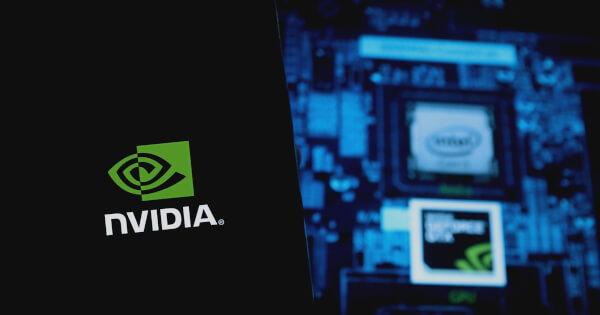Turbocharge Your AI: How Torch-TensorRT Slashes PyTorch Inference Times by 50%
PyTorch just got a nitro boost—and your models are about to leave GPU limbo.
Torch-TensorRT isn't just another optimization layer. It's a bare-knuckle compiler that rewrites the rules of inference, slashing latency while Wall Street's quant bots still overpay for cloud instances.
Key upgrades:
-
Fusion at Warp Speed
: Kernel autofusion merges ops without the Python overhead that bogs down traditional PyTorch.
-
Precision Tuning
: INT8 quantization cuts memory bandwidth hunger—because not every tensor needs 32-bit coddling.
-
Hardware Whisperer
: Direct NVIDIA CUDA core handshakes bypass driver bloat. Your A100s will thank you.
Early benchmarks show 1.4-3x faster inference versus vanilla PyTorch. That's enough to make even crypto miners pause their ETH rigs—briefly.
Bottom line: If your AI pipeline still treats inference like a polite request rather than a GPU mugging, you're funding someone else's AI arms race.

NVIDIA's recent advancements in AI model optimization have brought Torch-TensorRT to the forefront, a powerful compiler designed to enhance the performance of PyTorch models on NVIDIA GPUs. According to NVIDIA, this tool significantly accelerates inference speed, particularly for diffusion models, by leveraging the capabilities of TensorRT, an AI inference library.
Key Features of Torch-TensorRT
Torch-TensorRT integrates seamlessly with PyTorch, maintaining its user-friendly interface while delivering substantial performance improvements. The compiler enables a twofold increase in performance compared to native PyTorch, without necessitating changes to existing PyTorch APIs. This enhancement is achieved through optimization techniques such as LAYER fusion and automatic kernel tactic selection, tailored for NVIDIA's Blackwell Tensor Cores.
Application in Diffusion Models
Diffusion models, like FLUX.1-dev, benefit immensely from Torch-TensorRT’s capabilities. With just a single line of code, the performance of this 12-billion-parameter model sees a 1.5x increase compared to native PyTorch FP16. Further quantization to FP8 results in a 2.4x speedup, showcasing the compiler's efficiency in optimizing AI models for specific hardware configurations.
Supporting Advanced Workflows
One of the standout features of Torch-TensorRT is its ability to support advanced workflows such as low-rank adaptation (LoRA) by enabling on-the-fly model refitting. This capability allows developers to modify models dynamically without the need for extensive re-exporting or re-optimizing, a process traditionally required by other optimization tools. The Mutable Torch-TensorRT Module (MTTM) further simplifies integration by adjusting to graph or weight changes automatically, ensuring seamless operations within complex AI systems.
Future Prospects and Broader Applications
Looking ahead, NVIDIA plans to expand Torch-TensorRT’s capabilities by incorporating FP4 precision, which promises further reductions in memory footprint and inference time. While FLUX.1-dev serves as the current example, this optimization workflow is applicable to a variety of diffusion models supported by HuggingFace Diffusers, including popular models like Stable Diffusion and Kandinsky.
Overall, Torch-TensorRT represents a significant leap forward in AI model optimization, providing developers with the tools to create high-throughput, low-latency applications with minimal modifications to their existing codebases.
Image source: Shutterstock- torch-tensorrt
- pytorch
- ai inference
- model optimization

